Introduction
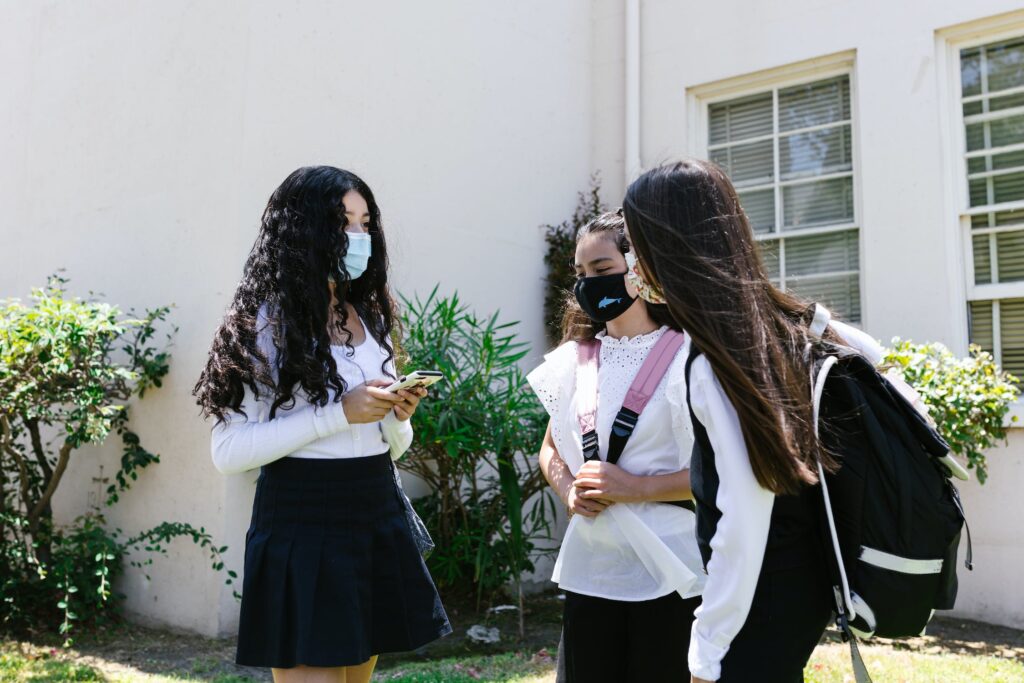
In 2020, unprecedented level of fear and uncertainty, affected people of all ages. While many have started to let go of the protective measures like masks as the situation improves, some children, particularly those with anxiety or autism, find it challenging to remove this safety net.
In this article, we will explore the reasons behind children’s continued use of masks, focusing on anxiety and autism, and discuss strategies to support them in this transitional phase.
1. High Levels of Fear
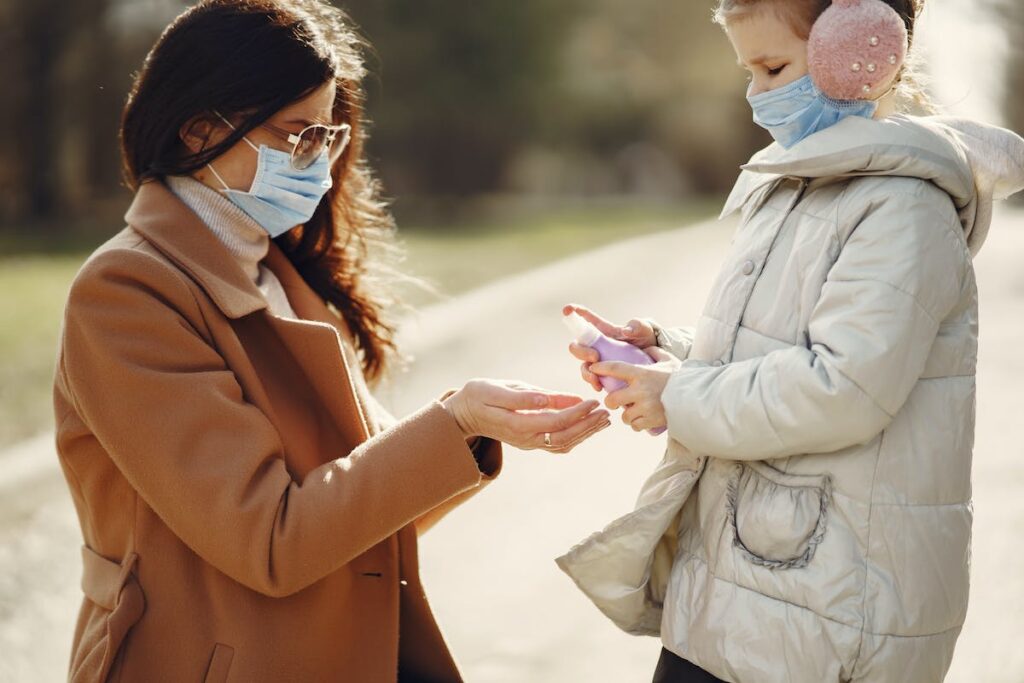
People felt fear and anxiety worldwide, creating a new normal that involved social distancing, hand hygiene, and mask-wearing. Children, with their adaptable minds, absorbed these changes but not without a sense of trepidation. For some, the fear of the unknown and the perceived threat lingered, making the mask a symbol of security.
Children with anxiety, in particular, may have developed a heightened sensitivity to their surroundings, making them more prone to the lingering fear associated with germs or flus. The simple act of removing the mask can evoke anxiety about potential exposure to germs, even in relatively safer environments.
2. Children with Autism and Fear
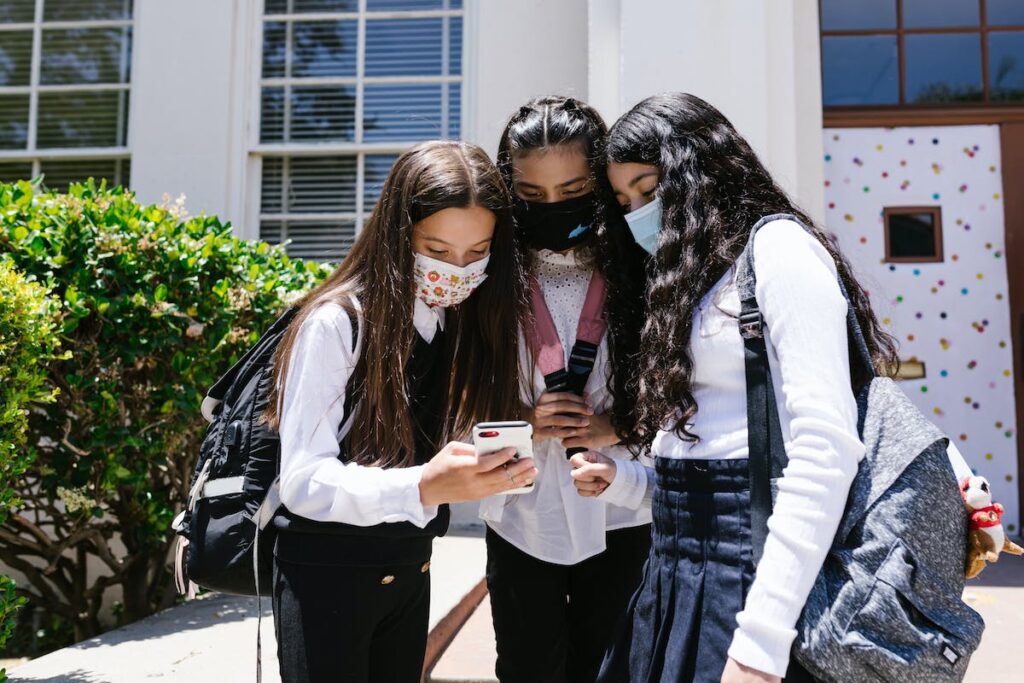
Children with autism often thrive on routine and predictability. The abrupt changes brought about in 2020 disrupted their sense of order, leading to heightened anxiety. The mask, initially introduced as a protective measure, became a constant in their routine, providing a sense of stability in an otherwise unpredictable world. During this highly fearful time, the mask served as protection for the child and the thought of removing the mask will make them feel vulnerable and unprotected.
For children with autism, the fear of the unknown is amplified. The mask acts as a barrier, shielding them from sensory overstimulation and unexpected social interactions. The removal of the mask may expose them to a barrage of sensory stimuli that can be overwhelming, leading to increased anxiety and discomfort.
3. Mask is Self-Soothing
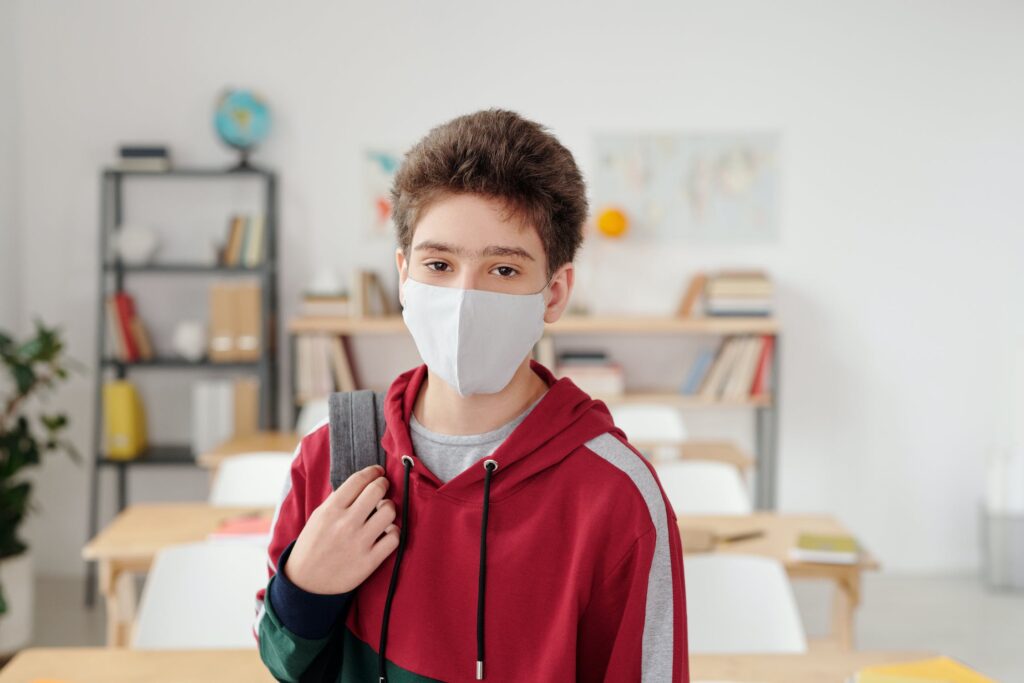
Masks have become more than just a protective barrier for some children; they serve as a means of self-soothing. Children with anxiety or autism may find comfort in the tactile sensation of the mask on their face, providing a familiar and secure feeling. The act of touching or adjusting the mask can be a calming mechanism, helping them regulate their emotions in stressful situations.
Understanding the mask as a self-soothing tool is crucial in approaching the issue with sensitivity. Instead of viewing it solely as a protective measure, acknowledging its role in emotional regulation allows for a more comprehensive understanding of why some children continue to wear masks.
4. Create Reward System for Removing Mask
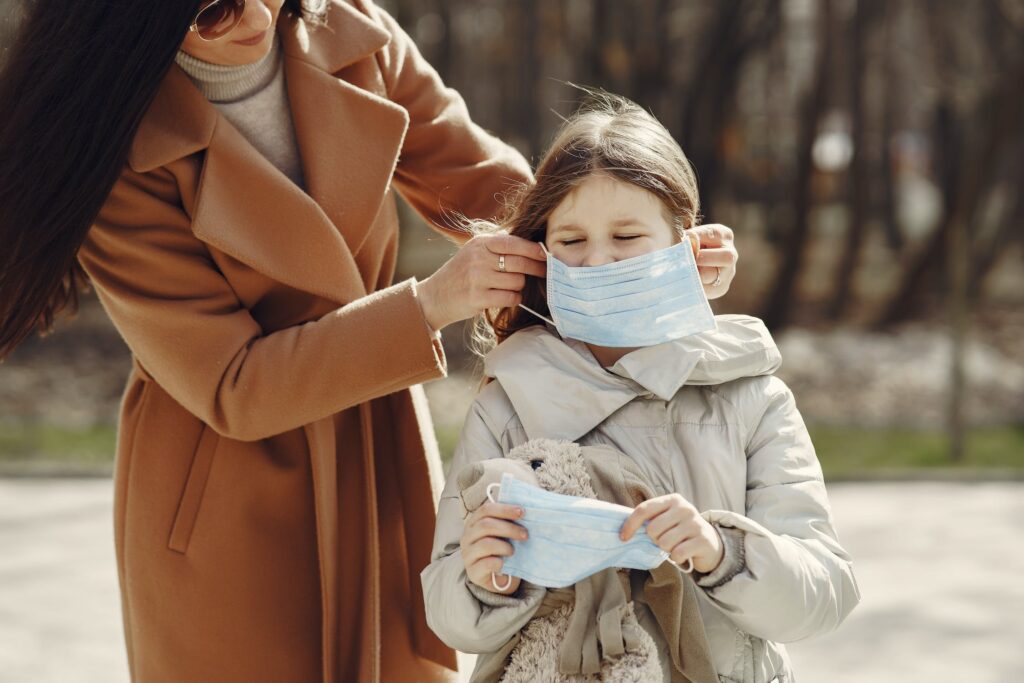
Transitioning away from the constant use of masks requires a gradual approach, especially for children with anxiety or autism. Implementing a reward system can be an effective strategy to motivate and reinforce the process of removing the mask in appropriate situations.
Establish clear and achievable goals, such as gradually increasing the duration without the mask in familiar environments. Offer positive reinforcement, whether through verbal praise, small rewards, or a visual token system. This approach helps children associate the act of removing the mask with positive experiences, making the transition less daunting.
5. Be Understanding
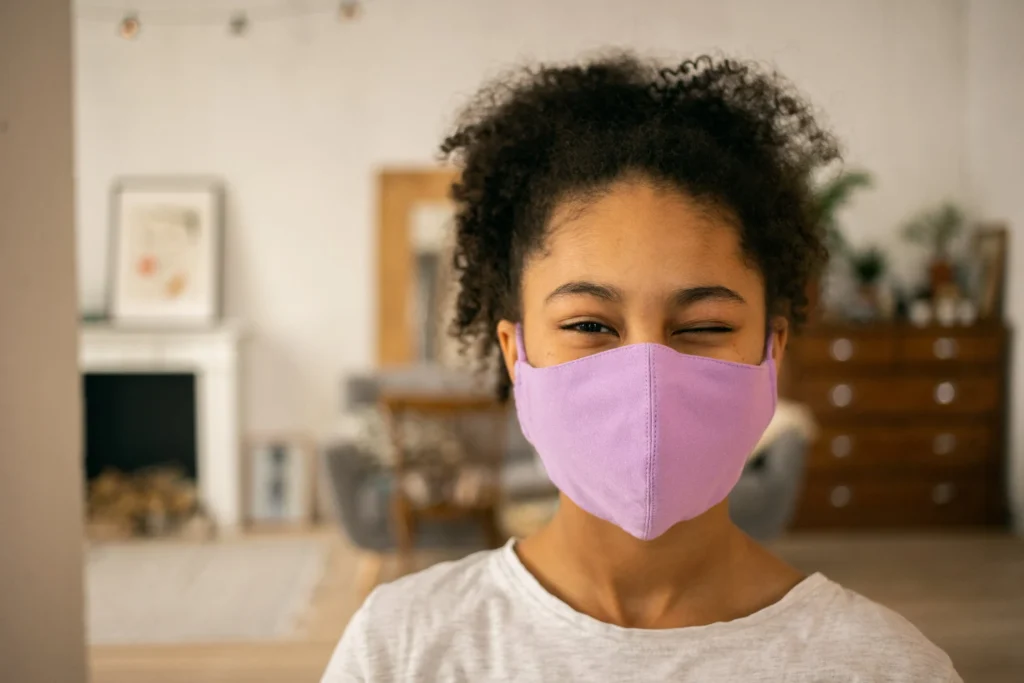
Above all, it is essential to approach the issue with understanding and empathy. Each child is unique, and their response to the removal of masks will vary. Instead of imposing a rigid timeline for transition, be patient and allow children to progress at their own pace.
Engage in open communication with the child, caregivers, and relevant professionals to gain insights into their specific challenges and preferences. Creating a supportive environment that acknowledges their fears and concerns fosters a sense of trust and safety, making the transition more manageable.
Conclusion
The continuation of mask-wearing for children with anxiety or autism reflects the lasting impact of the Covid-19 pandemic on their mental and emotional well-being. As we navigate the transition away from constant mask use, it is crucial to understand the underlying reasons behind their reluctance and implement supportive strategies.
By acknowledging the fear associated with the pandemic, recognizing the unique challenges faced by children with autism, understanding the mask as a self-soothing tool, creating a reward system, and being patient and understanding, we can facilitate a smoother transition for these children towards a post-pandemic normalcy that aligns with their unique needs and perspectives.

